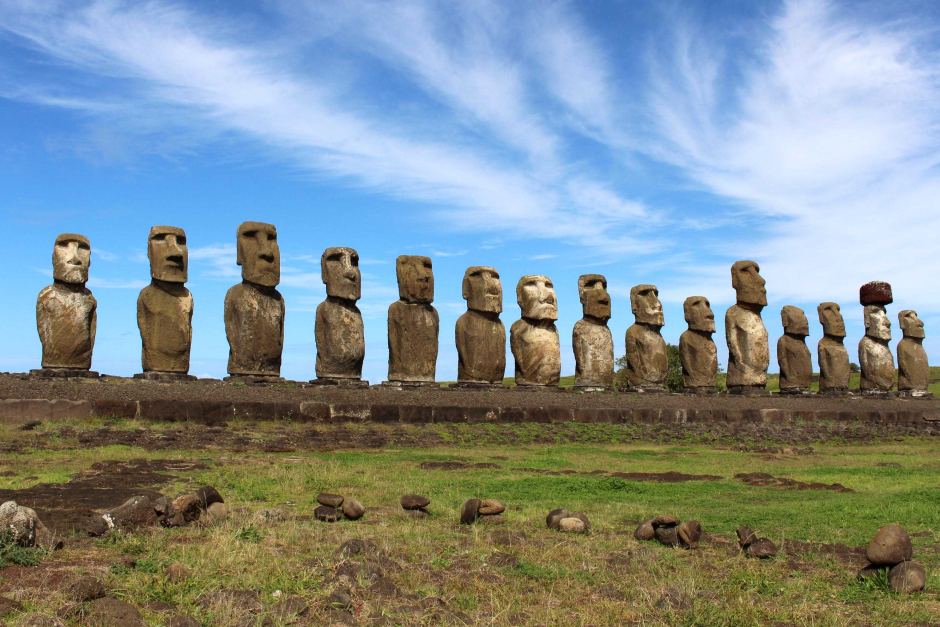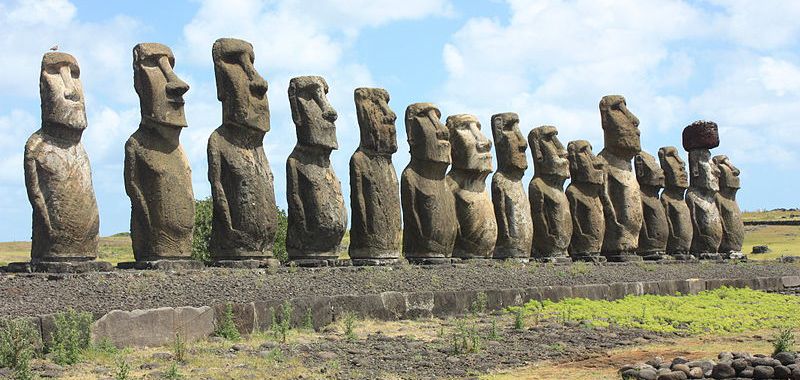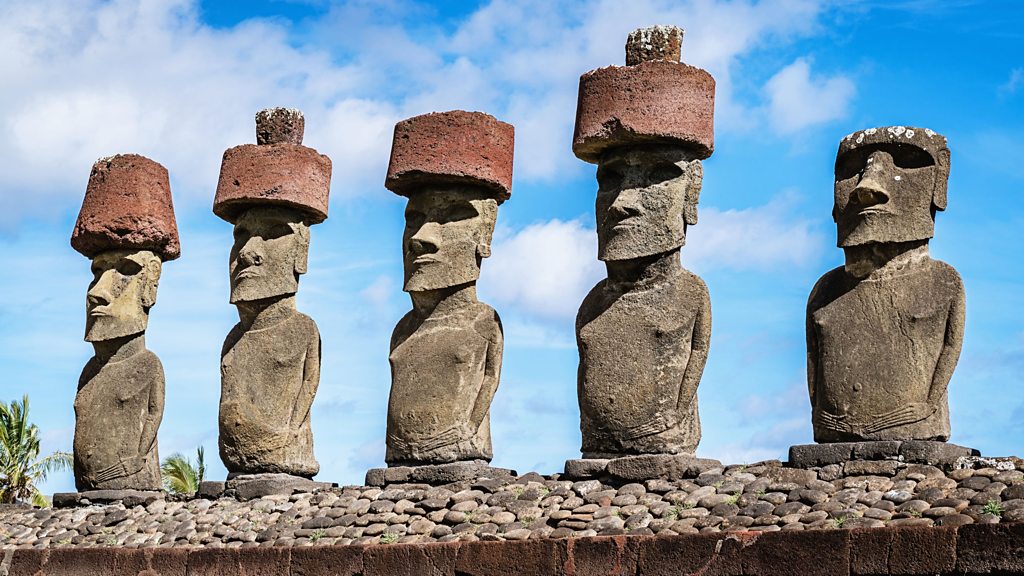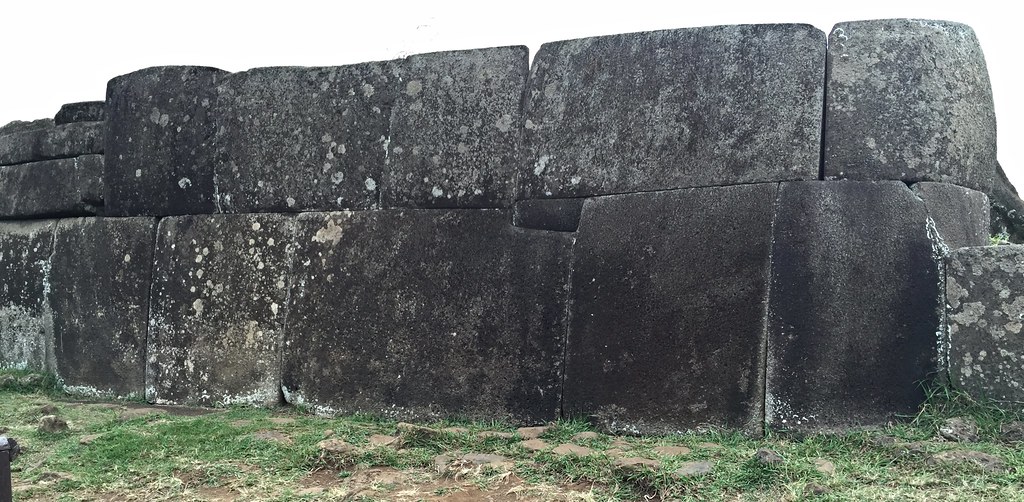Easter Island's Megalithic Statues

Easter Island, or Rapa Nui in the original language, is an island of Chile in the southeastern Pacific Ocean. Easter Island’s megalithic statues made this remote island globally famous.
There are in fact nearly 1,000 megalithic monumental statues, called Moai and allegedly created by the early Rapa Nui people.
In 1995, UNESCO named Easter Island a World Heritage Site, with much of the island protected within Rapa Nui National Park.

Easter Island’s megalithic statues are called Moai, and allegedly represent the living faces of the local’s deified ancestors.
Nearly half of the statues are still at Rano Raraku, the main Moai quarry, but hundreds were transported from there and set on stone megalithic platforms called ahu around the island’s perimeter. Almost all Moai have overly large heads three-eighths the size of the whole statue.

Recently, excavations unearthed the bodies of some of the giant heads, to reveal petroglyphs etched on the torso and back of the statues.
Prior to the excavations, it was commonly believed that the Moai didn’t have a body.
As of today, the petroglyphs have not been deciphered.

All but 53 of the more than 900 moai known to date were carved from tuff (compressed volcanic ash) from Rano Raraku, where 394 moai in varying states of completion are still visible today. There are also 13 moai carved from basalt, 22 from trachyte, and 17 from fragile red scoria.
The tallest moai erected, called Paro, was almost 10 meters (33 ft) high and weighed 82 tonnes (90.4 short tons). The heaviest moai erected was a shorter but squatter moai at Ahu Tongariki, weighing 86 tonnes. One unfinished sculpture, if completed, would have been approximately 21 m (69 ft) tall, with a weight of about 145–165 tons (160–182 metric tons).
The more recent moai had a headdress called by the Rapa Nui people “pukao” on their heads.
Other than several ongoing debates and theories on how the moai could’ve been transported on-site, there are also hypotheses and speculations on how the Rapa Nui people could’ve placed the megalithic headdresses upon the statues.

The Rongorongo Language
Easter Island is the only one in the South Pacific area to have developed its own writing system, called Rongorongo.
However, there has been no lack of controversy in the scientific world, even with regard to indigenous writing; American archaeologist Kenneth P. Emory argued that the few written tablets discovered between 1722 and 1868 were nothing more than indigenous peoples’ imitations of the writing used by the early discoverers of Easter Island. However, no similar written language could be compared to the Rongorongo.
The Rongorongo writing system has not been fully deciphered and has remained misunderstood for many decades. Thanks to the studies conducted by the German Thomas Barthel and to the discovery of a tablet that reported a lunar calendar (now preserved in the archive of the SS Hearts in Grottaferrata near Rome), the so-called Mamari tablet, it was possible to partially decipher some symbols.
Worldwide there are 26 tablets written in Rongorongo, of which only a small part has been translated.
The Enigmatic Megalithic Wall

Other than the megalithic statues, Easter Island is also home to a megalithic polygonal wall that clearly matches the Inca constructive style, as well as the Egyptian one.
The wall is located at the archaeological site called Ahu Vinapu and might be just the foundation of what was a much larger structure.
Particularly interesting is the anti-seismic feature used in the construction of the wall, a common element to most of the megalithic walls of Perù, Egypt, and the Mediterranean Area.
This feature consists of placing a small stone between larger blocks, always in the same manner, that from an engineering point of view serves as a discharge point in case of earthquakes.
It is thus evident that the builders must’ve had quite sophisticated constructive and architectural knowledge.
